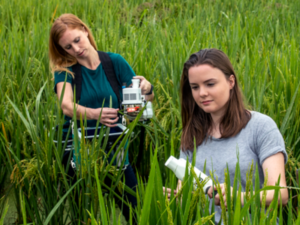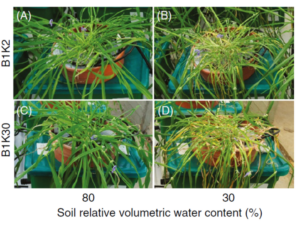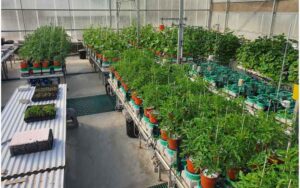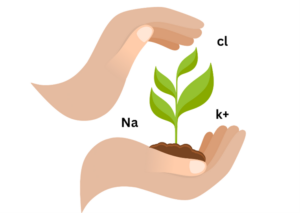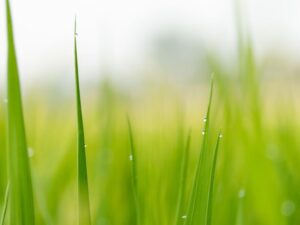In the field of agriculture and plant science, precise monitoring and measurement are crucial for optimizing crop growth, ensuring resource efficiency, and ultimately enhancing yield quality and quantity. Traditional methods of plant monitoring often rely on subjective assessments or labor-intensive techniques, which can be time-consuming and prone to errors. However, with advancements in technology, the emergence of gravimetric systems has revolutionized plant monitoring, offering unparalleled accuracy and efficiency.

What is a gravimetric system for plants?
Gravimetric systems operate on the principle of measuring changes in weight or mass to infer various parameters related to plant growth and physiology. These systems offer a non-destructive and highly sensitive means of monitoring plant responses to environmental stimuli, such as water availability, nutrient uptake, and stress conditions. By precisely quantifying these changes over time, gravimetric systems enable researchers and growers to gain insights into plant behavior and make informed decisions regarding irrigation, fertilization, and pest management.
Among these innovations, the PlantArray system stands out as a pioneering solution, leveraging gravimetric measurements to transform the way we understand and manage plant growth.
At the heart of the PlantArray system is a sensitive weight and network of precision sensors capable of continuously measuring plant weight changes with unparalleled accuracy and resolution. These sensors are strategically positioned within the plant growth environment, allowing for real-time monitoring of each plant within the experiment.
What are the key features of the PlantArray as a gravimetric system:
The PlantArray system offers a range of features and benefits that set it apart as a game-changer in plant monitoring:
- High Precision Measurement: With its sensors and weight, the PlantArray system can detect even the smallest changes in plant weight, providing researchers and growers with precise data for analysis.
- Real-Time Monitoring: By continuously monitoring plant weight changes, the PlantArray system enables real-time insights into plant responses to environmental conditions, allowing for timely interventions to optimize growth and health.
- Multi-Parameter Analysis: In addition to weight measurements, the PlantArray system can integrate data from other sensors, such as temperature, humidity, and light intensity, to provide a comprehensive analysis of plant physiology and performance.
- Automated Data Analysis: The PlantArray system is equipped with advanced software that automate data analysis, enabling users to quickly identify trends, anomalies, and correlations within large datasets
- Customizable Solutions: Plant-Ditech offers customizable configurations of the PlantArray system to suit specific research or cultivation requirements, ensuring flexibility and scalability across different applications and crop types.
What are the applications of the PlantArray as a gravimetric system in research and agriculture?
The versatility and accuracy of the PlantArray system make it invaluable for a wide range of research and agricultural applications:
- Crop Physiology Studies: Researchers can use the PlantArray system to investigate the physiological responses of plants to various environmental factors, such as drought, salinity, and temperature stress, facilitating the development of stress-tolerant crop varieties.
- Irrigation Management: Growers can optimize irrigation scheduling and water management practices by using the PlantArray system to monitor plant water uptake in real-time, preventing water waste and reducing the risk of overwatering or underwatering.
- Nutrient Monitoring: The PlantArray system can be employed to assess nutrient uptake dynamics and optimize fertilization strategies, ensuring that plants receive the essential nutrients they need for healthy growth and development.
- Phenotyping and Breeding: Plant breeders can utilize the PlantArray system for high-throughput phenotyping of plant traits, accelerating the identification of desirable genetic traits and facilitating the development of improved crop varieties with enhanced yield potential and resilience.
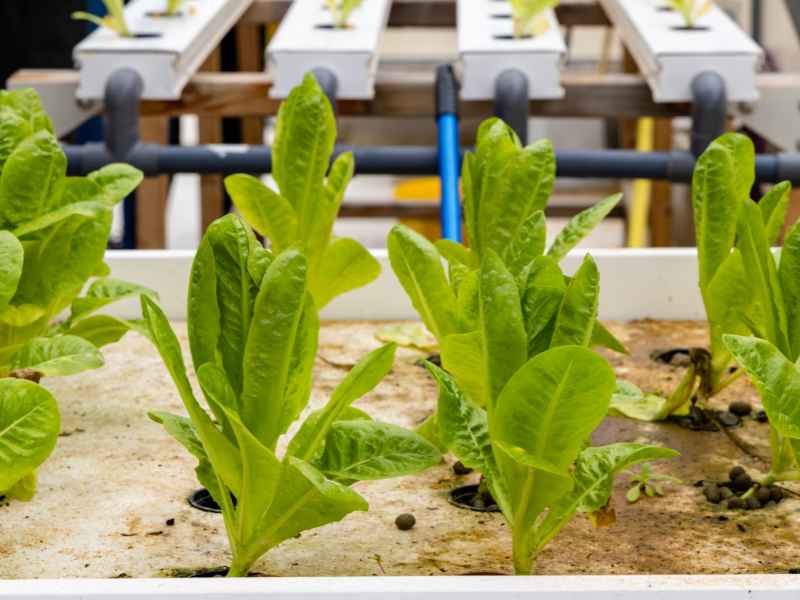
What are the benefits of the PlantArray system compared to photo-based systems?
- Accuracy and precision: Gravimetric systems such as PlantArray provide direct measurements of changes in plant weight, offering unparalleled precision and accuracy in monitoring physiological processes such as transpiration and biomass accumulation. In contrast, photographic systems rely on indirect measurements based on visual analysis of plant images, obtained after there is some visual material to photograph, sometimes only weeks after the start of the experiment.
- Real-Time Monitoring: PlantArray allows for continuous, real-time monitoring of plant weight changes, providing instant feedback on plant responses to environmental stimuli and management practices. This real-time capability is essential for timely decision-making in agriculture and research, enabling growers and scientists to adjust irrigation, fertilization, and other interventions as needed. Photographic systems, on the other hand, often require manual image capture and analysis, which can be time-consuming and may not provide immediate insights into plant dynamics.
- Non-Destructive Monitoring: Gravimetric systems offer a non-destructive means of monitoring plant physiology, allowing researchers to track plant responses over extended periods without disrupting growth or development. In contrast, photographic systems may involve the periodic removal of leaves or plant tissues for imaging, which can alter plant physiology and introduce bias into the analysis. The non-invasive nature of gravimetric measurements makes them particularly suitable for longitudinal studies and phenotyping applications.
Is a gravimetric system reliable?
Gravimetric systems like PlantArray are less susceptible to environmental factors such as lighting conditions, plant orientation, and background interference, ensuring consistent and reliable measurements across different experimental settings. In contrast, photographic systems may be sensitive to variations in lighting, image quality, and camera settings, which can affect the accuracy and reproducibility of results. The robustness of gravimetric measurements makes them suitable for use in field and greenhouse conditions.
In summary, the PlantArray system offers numerous benefits as a gravimetric system. These advantages make PlantArray an invaluable tool for researchers, growers, and agronomists seeking to understand plant physiology, optimize crop management practices, and improve agricultural productivity and sustainability.
In the field of agriculture and plant science, precise monitoring and measurement are crucial for optimizing crop growth, ensuring resource efficiency, and ultimately enhancing yield quality and quantity. Traditional methods of plant monitoring often rely on subjective assessments or labor-intensive techniques, which can be time-consuming and prone to errors. However, with advancements in technology, the emergence of gravimetric systems has revolutionized plant monitoring, offering unparalleled accuracy and efficiency.
What is a gravimetric system for plants?
Gravimetric systems operate on the principle of measuring changes in weight or mass to infer various parameters related to plant growth and physiology. These systems offer a non-destructive and highly sensitive means of monitoring plant responses to environmental stimuli, such as water availability, nutrient uptake, and stress conditions. By precisely quantifying these changes over time, gravimetric systems enable researchers and growers to gain insights into plant behavior and make informed decisions regarding irrigation, fertilization, and pest management.
Among these innovations, the PlantArray system stands out as a pioneering solution, leveraging gravimetric measurements to transform the way we understand and manage plant growth.At the heart of the PlantArray system is a sensitive weight and network of precision sensors capable of continuously measuring plant weight changes with unparalleled accuracy and resolution.These sensors are strategically positioned within the plant growth environment, allowing for real-time monitoring of each plant within the experiment.

